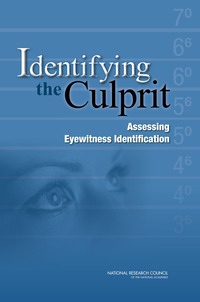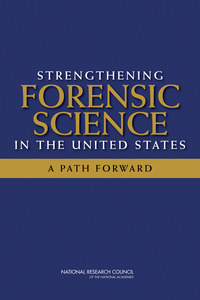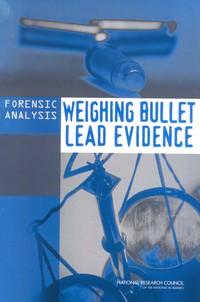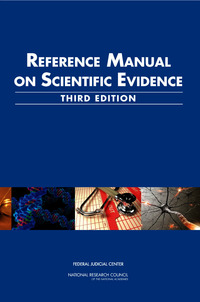The Netflix documentary series “Making a Murderer” has inspired serious debate around the case of Steven Avery and his nephew, Brendan Dassey. For those of you who aren’t already hooked on the show, Avery was exonerated by DNA evidence after serving 18 years for a sexual assault and attempted murder that he did not commit. Our reports explain the strengths and weaknesses of forensic evidence and eyewitness identification.
Eyewitnesses play an important role in criminal cases when they can identify culprits. Estimates suggest that tens of thousands of eyewitnesses make identifications in criminal investigations each year. Research on factors that affect the …
Scores of talented and dedicated people serve the forensic science community, performing vitally important work. However, they are often constrained by lack of adequate resources, sound policies, and national support. It is clear that change and …
Since the 1960s, testimony by representatives of the Federal Bureau of Investigation in thousands of criminal cases has relied on evidence from Compositional Analysis of Bullet Lead (CABL), a forensic technique that compares the elemental …
The Reference Manual on Scientific Evidence, Third Edition, assists judges in managing cases involving complex scientific and technical evidence by describing the basic tenets of key scientific fields from which legal evidence is typically …
![lineup_notes_post[1]](http://notes.nap.edu/wp-content/uploads/2016/01/lineup_notes_post1.png)



